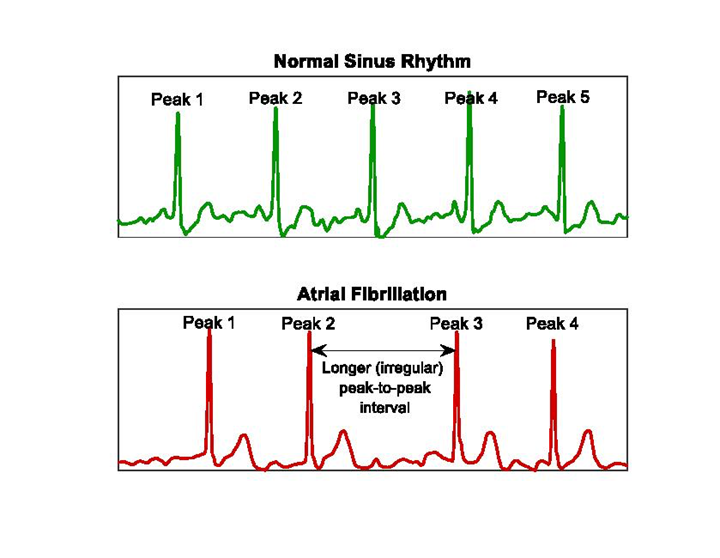Applications of the growing Big Data, Machine/Deep Learning, and Artificial Intelligence fields show the potential impact and importance of these fields for solving real world problems. A machine learning algorithm developed recently shows the potential of cardiac arrhythmias detection such as atrial fibrillation with high accuracy in real-time.
A significant proportion of worldwide mortality is caused by cardiac diseases and atrial fibrillation (AF) is one of the most common cardiac arrhythmias among elderly population.
"“This intelligent algorithm, which is currently being developed, can be used in telehealth cardiac monitoring systems to help physicians and cardiologists to diagnose most common cardiac arrhythmias in patients who suffer from heart diseases.” "
Abdolrahman Peimankar and Sadasivan Puthusserypady [1]
The demographics of western countries are alarming this health issue. The consequences of AF are much more serious than AF itself since it may end up in serious heart failures and strokes. From an economic point of view, treatment of AF can be very expensive as well as challenging. A common way for physicians to diagnose AF is through visual examination of the electrocardiogram (ECG) recordings. However, it is not always easy and in most cases cumbersome to analyse these big amounts of ECG data. Therefore, it is required to develop analytic software in order to automatically analyse the heart beats and rhythms which helps accelerating the process of detecting AF.
In a recent collaboration, researchers from DTU elektro, CACHET, and Cardiology Department at Bispebjerg-Fredriksberg Hospital along with the Danish company Cortrium Aps have initiated a study on developing a telehealth cardiac monitoring system for the detection of AF in patients who suffer from cardiac diseases.
Machine learning algorithms show promising performance for detection of atrial fibrillation
Researchers from DTU Biomedical Engineering group have published their latest findings on automatic detection of AF using state-of-the-art machine learning methods. The proposed algorithm has a great potential to be used for real-time AF detection. They have tested their algorithm on a very well-known open source PhysioNet database. They have shown that the developed algorithm can analyse hundreds of thousands of heart beats to find specific patterns in AF rhythm. Then, these patterns can be used to classify normal sinus rhythm from AF with high accuracy and sensitivity of more than 96% and 94%, respectively.

ECG signals are given as inputs to the machine learning algorithm in chunks. Then, the algorithm that have already trained and learnt to look for irregular patterns in the distance between the peaks in ECGs will distinguish AF from normal sinus rhythm.
[1] Peimankar, Abdolrahman, and Sadasivan Puthusserypady. "Ensemble Learning for Detection of Short Episodes of Atrial Fibrillation." 2018 26th European Signal Processing Conference. IEEE, 2018.
Photo by Marco Verch